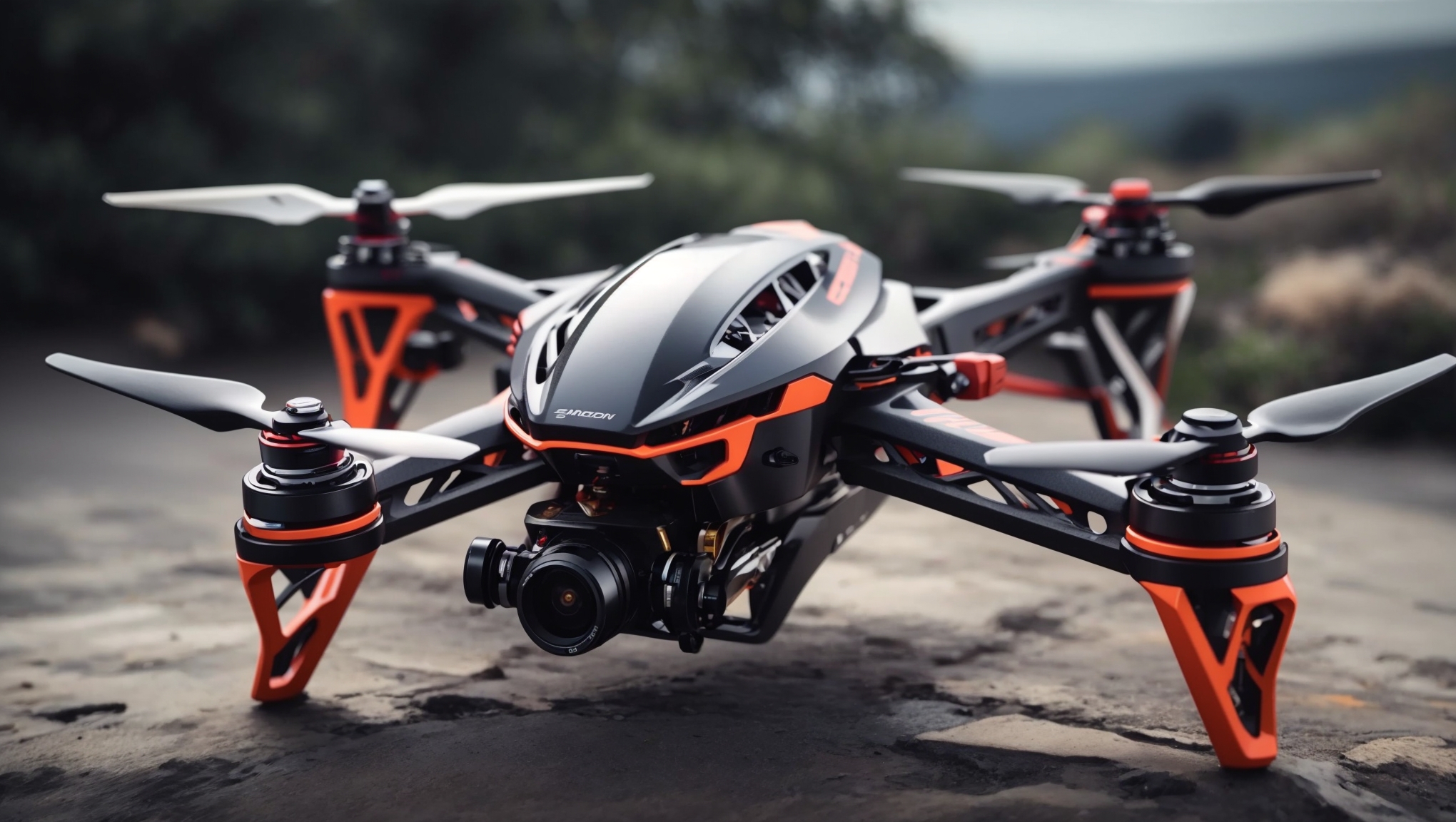As the world of drone racing continues to soar in popularity, enthusiasts and beginners alike are eager to dive into the adrenaline-pumping realm of racing drones. However, with a plethora of options flooding the market, selecting the right racing drone for your first venture can be a daunting task. In this ultimate guide, we’ll break down the key factors to consider, ensuring you make an informed decision on your journey into the thrilling world of racing drones.
- Understanding the Basics:
Before delving into the intricate features of racing drones, it’s essential to grasp the fundamental components. Racing drones typically consist of a lightweight frame, powerful motors, electronic speed controllers (ESCs), flight controller, and a high-quality camera. The combination of these elements determines the drone’s speed, agility, and overall performance.
- Drone Categories:
Racing drones come in various categories, each catering to different skill levels and preferences. Micro drones are suitable for beginners, offering stability and ease of control. As skills progress, mini and full-sized racing drones become more appealing, providing higher speeds and greater maneuverability. Consider your skill level and desired level of challenge when choosing a category.
- Frame Material and Design:
The frame is the backbone of any racing drone, influencing its durability and performance. Frames are commonly made of carbon fiber or plastic. Carbon fiber frames are favored for their strength and lightweight properties, making them ideal for racing drones. Additionally, consider the frame design, as a well-thought-out layout can impact aerodynamics and ease of maintenance.
- Motor and Propeller Selection:
The heart of any racing drone lies in its motors and propellers. High-speed brushless motors are essential for achieving rapid acceleration and top speeds. Propeller size and pitch also play a crucial role in performance. Smaller propellers provide quicker acceleration, while larger ones offer higher top speeds. Strike a balance based on your racing style and preferences.
- Flight Controller and ESCs:
A reliable flight controller is the brain of your racing drone, responsible for stabilizing and controlling the aircraft. Look for drones with reputable flight controllers and electronic speed controllers (ESCs) that ensure smooth and precise maneuvers. Some drones offer customizable settings, allowing you to fine-tune your drone’s performance to match your skill level.
- FPV System and Camera Quality:
First-person view (FPV) is an integral part of the racing drone experience. A high-quality FPV system, including a low-latency camera and goggles, provides a immersive racing experience. Consider drones with adjustable camera angles to adapt to different racing scenarios. Opt for drones with high-definition cameras for a clearer view and the ability to capture your thrilling flights.
- Battery and Flight Time:
Flight time is a critical factor in drone racing. Racing drones typically have shorter flight times due to their high-speed capabilities. Ensure that the drone’s battery provides sufficient power for your racing sessions. Consider investing in multiple batteries to extend your time in the air.
- Budget Considerations:
Finally, set a realistic budget for your first racing drone. While it can be tempting to go for the most advanced model, there are excellent options for every budget. Prioritize features that align with your preferences and skill level.
Conclusion:
Choosing your first racing drone is an exciting step into the dynamic world of drone racing. By understanding the fundamental components, considering your skill level, and evaluating the key features, you can make an informed decision. Whether you’re a novice seeking stability or an adrenaline junkie craving high-speed thrills, the right racing drone is waiting to elevate your flying experience. Happy racing!

Leave a Reply